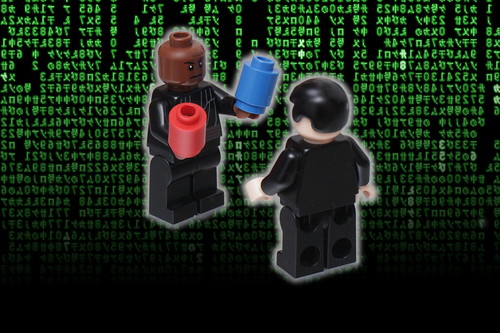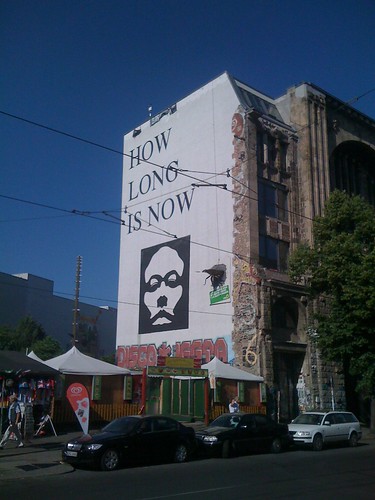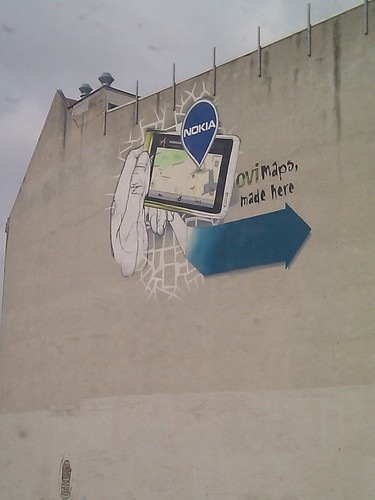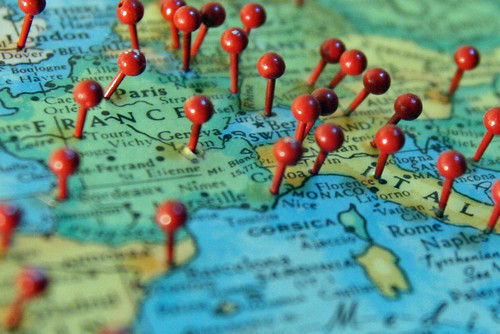Neogeography Is Dead (According To Wikipedia At Least)
Ahh ... paleogeography and neogeography; will the battle never end? The latter is a term used to refer to the combining of online mapping with data, incorporating classic cartography and GIS and exposed via Web 2.0 style mashups. The former is a term with dual meanings; one referring to the study of past and ancient geography and one being a pejorative to refer to the opposite and inverse of neogeography.
Both terms have their own entries on Wikipedia ... at least they used to. Towards the end of September 2010 the neogeography entry on Wikipedia was deleted with the justification ...





